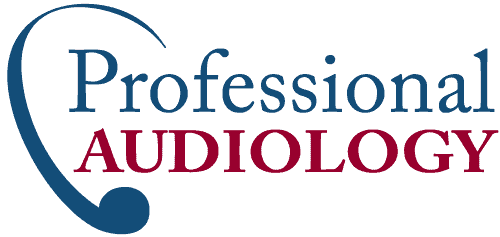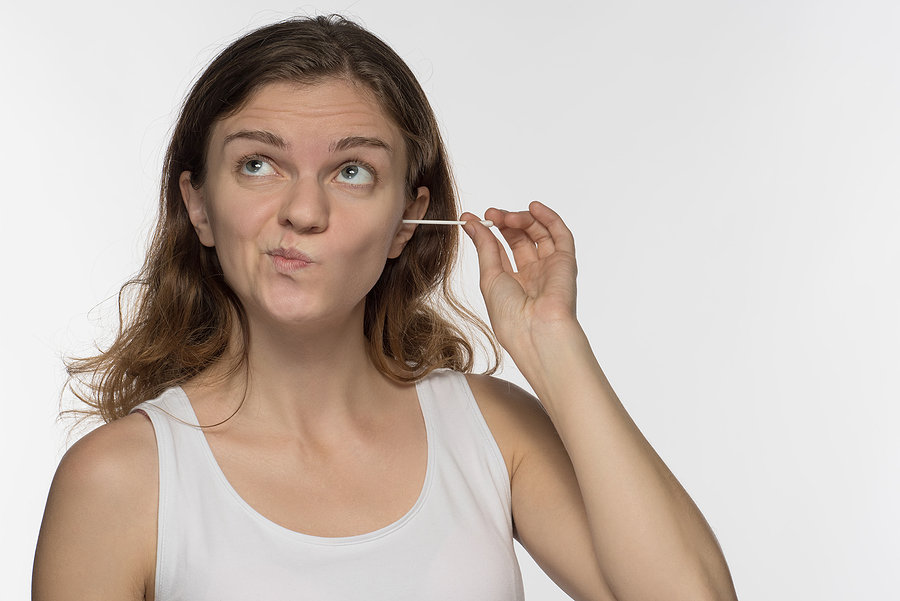Earwax often takes a backseat until it becomes a noticeable concern. While we rarely think about earwax, it plays a crucial role in maintaining the health and functionality of our ears. In this blog post, we’ll delve into the fascinating world of earwax, exploring its purpose, potential issues, and how to maintain a healthy balance.
Understanding Earwax: Nature’s Unsung Hero
Earwax, scientifically known as cerumen, is a waxy substance produced by the glands in our ear canals. It might not be the most glamorous substance, but its presence is essential for our auditory well-being. Earwax serves several key functions, including:
- Lubrication and Protection: Earwax moisturizes the ear canal, preventing dryness and discomfort. It also forms a protective barrier, trapping dust, debris, and foreign particles before they can reach the delicate eardrum.
- Antibacterial and Antifungal Properties: Earwax contains natural chemicals that inhibit the growth of bacteria and fungi. This protective aspect helps prevent infections and maintains the overall health of the ear.
- Self-Cleaning Mechanism: The ear is a self-cleaning organ. As new earwax is produced, older wax is gradually pushed from the ear canal to the outer ear by jaw movements such as chewing and talking. This natural process ensures that the ear remains clear of excess wax.
The Potential Pitfalls: When Earwax Becomes a Problem
While earwax is generally beneficial, issues can arise when there’s an overproduction of earwax, or it’s not properly removed from the ears. Common problems associated with earwax include:
- Earwax Impaction: Sometimes, the earwax can become impacted or lodged in the ear canal. This often occurs when attempts to clean the ears with cotton swabs or other objects push the wax deeper instead of removing it. Impacted earwax can lead to hearing loss, dizziness, and discomfort.
- Hearing Loss: Excessive buildup of earwax can obstruct the ear canal, affecting the transmission of sound to the eardrum. This can result in temporary hearing loss until the wax is removed.
- Tinnitus (Ringing in the Ears): In some cases, impacted earwax may cause tinnitus, a condition characterized by the perception of ringing or buzzing sounds in the ears.
- Ear Infections: While earwax itself has antibacterial properties, when it becomes impacted, it can create a conducive environment for bacterial growth, leading to infections.
Tips for Healthy Ears
Now that we’ve covered the role of earwax, let’s explore practical tips for maintaining a healthy balance and ensuring your ears remain in optimal condition:
Avoid Cotton Swabs: Despite their widespread use, cotton swabs can often do more harm than good. They tend to push earwax deeper into the ear canal, increasing the risk of impaction. Instead, clean the outer ear with a washcloth during your regular bath or shower.
Practice Good Hygiene: While it’s essential to avoid inserting objects into the ear canal, keeping the outer ear clean is crucial. Gently wash the ears with mild soap and water during your regular hygiene routine, ensuring you don’t go beyond the outer ear.
Earwax Softeners: If you’re prone to earwax impaction, consider using over-the-counter earwax softeners. These drops can help soften the wax, making it easier for the ear’s natural self-cleaning mechanism to remove it.
Seek Professional Help: If you experience symptoms of earwax impaction, such as hearing loss, tinnitus, or discomfort, it’s advisable to seek professional assistance. A healthcare provider or an audiologist can safely remove the impacted wax using specialized tools.
Hearing Aid Users: Take Precautions: If you use hearing aids, be mindful of earwax accumulation around the devices. Regularly clean your hearing aids and consult your audiologist for guidance on maintaining optimal ear health.
Know Your Risk Factors: Some individuals are more prone to earwax impaction due to factors like age, genetics, or certain medical conditions. Understanding your risk factors can help you take proactive measures to prevent issues.
Embracing Earwax as a Natural Guardian
Earwax may not be a glamorous topic, but its role in maintaining the health and functionality of our ears is undeniable. By understanding the purpose of earwax, recognizing the potential pitfalls, and adopting healthy ear hygiene practices, we can ensure that this sticky substance remains a natural guardian rather than a cause for concern.
Remember, if you ever encounter issues with earwax, visit us for professional earwax removal.





